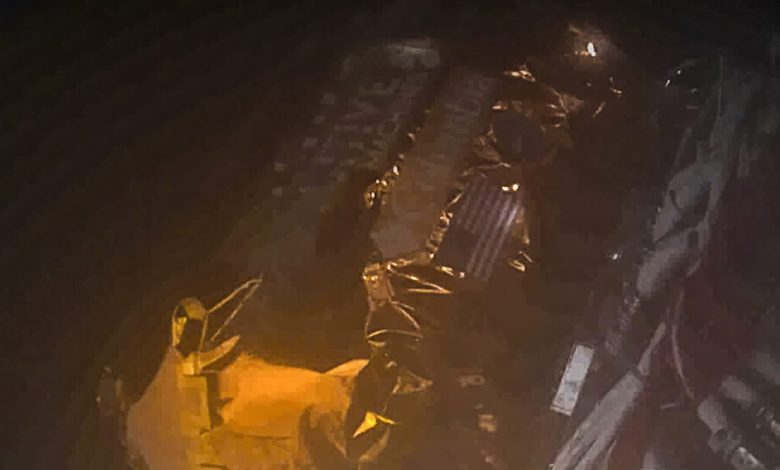Why It’s So Challenging to Land Upright on the Moon

When the robotic lander Odysseus last month became the first American-built spacecraft to touch down on the moon in more than 50 years, it toppled over at an angle. That limited the amount of science it could do at the lunar surface, because its antennas and solar panels were not pointed in the correct directions.
Just a month earlier, another spacecraft, the Smart Lander for Investigating Moon, or SLIM, sent by the Japanese space agency, had also tipped during landing, ending up on its head.
Why is there a sudden epidemic of spacecraft rolling on the moon like Olympic gymnasts performing floor routines? Is it really that difficult to land upright there?
On the internet and elsewhere, people pointed to the height of the Odysseus lander — 14 feet from the bottom of the landing feet to the solar arrays at the top — as a contributing factor for its off-kilter touchdown.
Had Intuitive Machines, the maker of Odysseus, made an obvious error in building the spacecraft that way?
The company’s officials provide an engineering rationale for the tall, skinny design, but those internet commenters do have a point.




